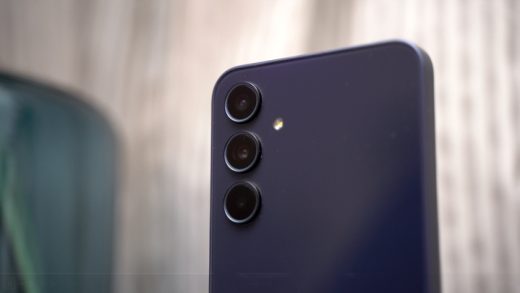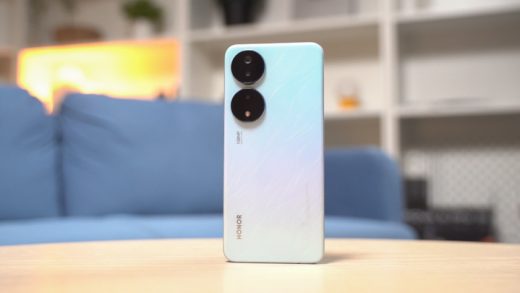If you frequent our website for smartphone reviews, then you’re no stranger to seeing AnTuTu benchmark scores during our performance test. You might know that a higher score is better, but what exactly do those scores mean? Today, we’ll be discussing the synthetic benchmark AnTuTu, and what the score means.

What is AnTuTu?
AnTuTu is an app that runs your phone through various benchmark tests to see how well it performs. It can run on both Android and iOS, across different brands of devices and different chipset manufacturers. It’s a great tool to compare the relative performance of two phones because it covers four main categories that dictate a phone’s overall performance: CPU, GPU, Memory, and User Experience.
A higher CPU score is good for almost every case since all your applications use some CPU power to function. The GPU score determines how well your phone handles games and other GPU accelerated processes. Having a higher memory score determines how fast and snappy your phone feels. While opening applications do use some CPU horsepower, the ROM sequential and random reads affect how fast your phone can open applications and files. User Experience benchmarks test how well the phone performs doing day-to-day tasks. The end score is the aggregate of the results of the four categories.
When comparing AnTuTu results, it’s important to take note of the AnTuTu version that the reviewer used since the scoring metrics may differ from version to version.

How are AnTuTu scores determined?
In the latest, 8th version of AnTuTu, the four categories are broken into different tests to show how well these components perform. The CPU score is gauged by how well it handles CPU Mathematical Operations, CPU Common Algorithms, and how the CPU handles multi-threaded workloads. The GPU score is tested by rendering three scenes which use different APIs: Terracotta (Vulkan), Coastline (Vulkan), and Refinery (OpenGL ES3.1+AEP).
The memory score is obtained by testing how well both the RAM and ROM performs in accessing the RAM and ROM APP IO, sequential read, sequential write, and random access. Lastly, the User Experience (UX) category is taken from testing for Data Security, Data Processing, Image processing, and the User Experience.
We hope this article helped demystify the AnTuTu benchmark and shine some light in what these results mean. If there are other benchmarking tools you want to understand, let us know in the comments below!
























